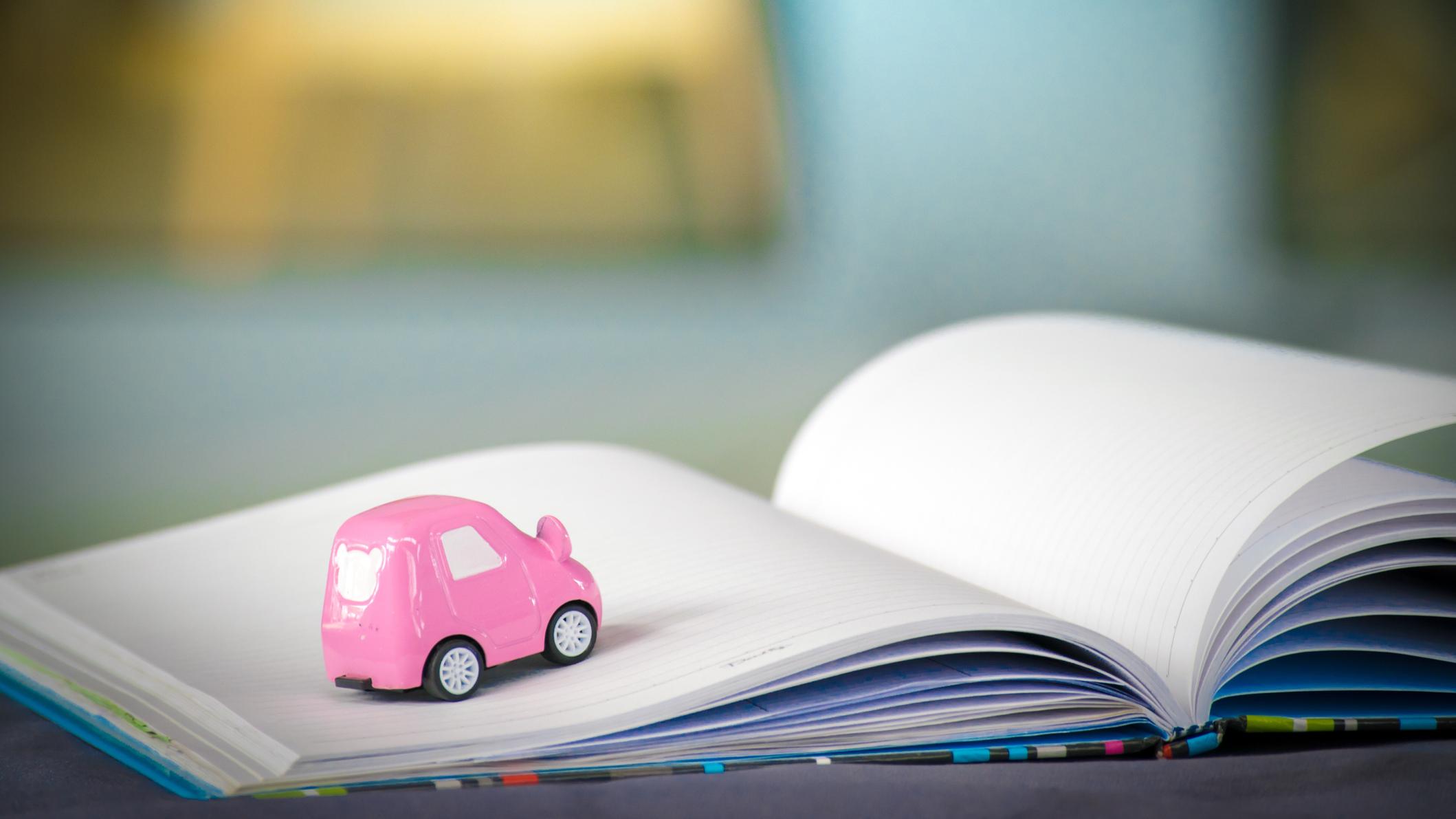
Manual for good practice, and practical experience for a good manual
Two colleagues who know about manuals and guidelines. Erik Olink – mainly from his experiences in practice, and Judith Doorschot – from the legal and policy side. They complement each other perfectly because the combination of the two is perfect to achieve the writing of a clear and useful manual. This is a less visible but no less important part of acoustics and noise pollution. Manuals are an essential part of understanding how these subjects are legally established.
This is where noise pollution is 'controlled'
Erik regularly uses manuals and guidelines during his work. What information am I actually getting? “Not much, manuals are often mandatory, while guidelines are often optional,” Erik explains. “Thanks to my practical work experience, I can assess whether what is written in the manual or guideline works well in practice.” Judith adds: “As an agency, it is important to master all aspects. You not only need to understand how things work in practice and be able to interpret the results of research, you also need to be able to understand the other side of the story. How do we regulate noise pollution in law? Because this is actually where determining the level of noise nuisance considered acceptable for humans occurs. And then you have to think, “How do I write it down all down with a clear explanation?"
Writing the Rijkswaterstaat 'Framework'
An important example of their work is co-writing the “Framework for Acoustic Research on Road Traffic” on behalf of Rijkswaterstaat. The first version of this framework was written more than twenty years ago and has since grown and been amended into a 400-page manual. Judith has contributed to this regularly over the past ten years. Eric says: “We currently get together with some clever minds from Rijkswaterstaat once a month. This is because a major update to legislation is planned for 1 January 2023” “You wouldn’t know it if you look at the new manual, which is now 430 pages long;” Judith laughs, “but I’m actually in favour of compact texts.”
Manuals by the book
“In fact, this manual is the practical elaboration of how Rijkswaterstaat wants everyone to proceed with road traffic noise research.” explains Judith. It sounds simple, but how do you do it right? Judith led several courses about this on behalf of Rijkswaterstaat a few years ago. They were not only intended for Rijkswaterstaat employees, but also for other consultancies. Finally, anyone wanting to work for Rijkswaterstaat must proceed in the same prescribed manner.
Enthusiasm for manuals
“The nice thing about writing manuals is that if something big needs to be changed in our field, you get the unique opportunity to find out more about it and put it down on paper beforehand”, Erik enthuses. “As a result you are always one step ahead, and you gain knowledge that not only benefits us, but our clients as well.” Judith recently made a valiant effort in her son’s class to enthuse an entire group of 8-year-olds to look at a profession in the world of sound. “I followed a pastry chef demonstrating how she bakes beautiful cakes for work; and then I came along and started showing these kids photos of asphalt. It was quite a challenge to explain what our work entails to them. They listened with interest though, and they asked all kinds of questions. And to be honest? I was more nervous about that than leading a course for consultancies!” Who knows, maybe their interest has been piqued enough to ensure the next generation of acousticians at M+P is guaranteed.
